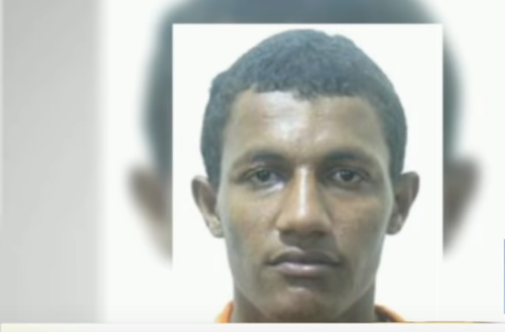Whilst government’s across the world hand-wring over the idea that Islamic extremists are radicalised online, they seem to be ignoring the true source of much of this radicalisation, which are mosques. It is not via online sermons that cause many of the world’s Islamic extremists to turn to jihad, instead this radicalisation is coming from the mosques.
According to a report published in the Kenyan outlet Citizen Digital (h/t ROP), one of those who took part in a bloody and murderous attack on a hotel complex in Nairobi earlier this month was radicalised by a notorious mosque. Contrary to the concerns of Western politicians this case raises the uncomfortable prospect, for Western governments that is, that by looking online for the source of radicalisation ,they may be looking in the wrong place. As many in the counterjihad movement have been saying for years, the source for much radicalisation is not coming from where we may think it is coming from, that is online, but instead from the mosques that pose, sometimes dishonestly, as peaceful places of worship.
Citizen Digital said:
The terrorist who blew himself up before the attack on the 14 Riverside complex in Nairobi has been on the police list of the most wanted terror suspects since 2014.
Despite his photos having been advertised and strategically placed in Mombasa, Mahir Khalid Riziki managed to sneak out of the country in 2014 and back in 2019 to participate in an attack in the country’s capital Nairobi.
Mahir was born and brought up at Majengo estate in Mombasa.
He apparently used to attend prayers at the Masjid Musa mosque situated a few metres from their family house and he was said to be a close friend of the late controversial Muslim cleric, Aboud Rogo.
It is believed that it’s during his time at Masjid Musa that Mahir was brainwashed and radicalised.
journey to officially join the Al Shabaab terror group would begin in February 2014 the day, security forces raided Masjid Musa Mosque with an aim of flushing out radical elements.
The late Abubakar Shariff alias Makaburi, a controversial cleric was in charge of the Mosque.
On the day police raided Masjid Musa, Mahir was among the youth who clashed with law enforcers and was arrested as a suspected Al Shabaab insurgent.
According to the government in 2014, Masjid Musa had turned into a breeding ground for terrorists and it was time to remove radical elements at all cost.
During the melee, Mahir broke his leg and was hospitalized at Coast General Hospital under the watchful eye of the police. But tight security was not enough to keep Mahir tied on the hospital bed as he mysteriously escaped from hospital into thin air.
The question that this case raises for me and which should also be raised by others, is how much effort is being wasted by Western governments in concentrating on alleged ‘online radicalisation’ when the real source of radicalisation is coming from the mosques. Too often, especially in Western nations, Islamic groups take advantage of our culture of tolerance for those of different beliefs and exploit this tolerance for their own ends. We now have a situation, most notably in the United Kingdom, where police are reluctant to properly monitor mosques, what is being preached in them and those who attend them for reasons of ‘community cohesion’.
The case of the savage Mahir shows the utter foolishness of such a policy. It is quite possible that the main source for Muslims, and in particular young Muslims, turning to jihad, is not the fancy and slick videos put out by ISIS and similar organisations, but what is being preached in mosque pulpits. It is high time that Western government’s recognised the potential danger of mosques and the activities that they are involved in and treat them as the threat that some of the are more than likely to be.




